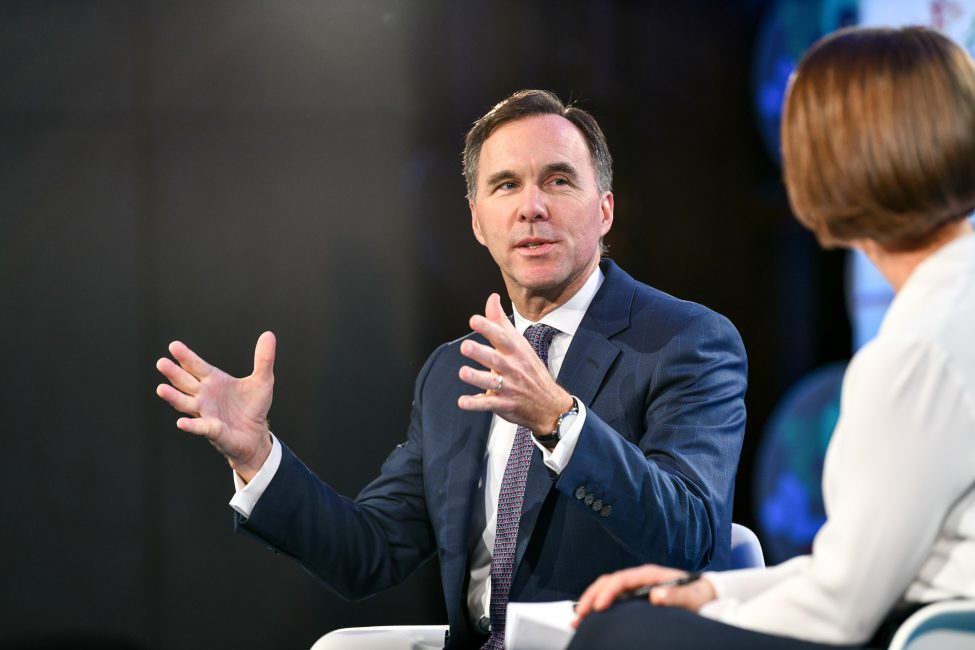Tuesday’s federal budget announcement provided some long-awaited details about how the government’s $645-million package to support journalism will be rolled out. Disappointingly, the policy seems purpose-built to help only one kind of media: newspapers.
Here’s how it will work: an “independent” panel will be struck to certify “Qualified Canadian Journalism Organizations.” To qualify, media have to employ more than two journalists as employees and primarily produce general-interest news in written format. (See the full policy on page 373 of the federal budget.)
Broadcasters are out. (Sorry, APTN.) Podcasters are out. (Boo hoo, Canadaland and Media Indigena.) Scrappy startups launched by journalist entrepreneurs are out. (Forget it, The Sprawl and Taproot Edmonton.) Publishers that focus on a specific gap in coverage, such as the lack of in-depth reporting on the innovation economy or the environment, are out. (Nothing for The Logic.)
To be clear, it is possible that The Discourse will be eligible to receive labour subsidies worth as much as a $250,000 per year — which would certainly help. But the only reason we will be eligible is because we have gotten as far as we have, to a team of 16 including 9 employees serving three communities. How did we do it? Elbow grease, bootstrapping, stubbornness and, frankly, personal risk. And if this policy existed when we launched five years ago, it would have been much more difficult to get The Discourse off the ground.
The Discourse started like so many other new media outlets in Canada. We are journalists who saw a specific gap in public service coverage so we rolled up our sleeves and started an organization to fill that gap. We started by focusing on a single subject. It was years before we grew enough to hire other journalists.
“I launched Canadaland solo & did it part-time for a year before I started hiring,” wrote Jesse Brown on Twitter. “The bailout could have encouraged dozens more individuals to do the same, but explicitly excludes them instead.”
In 2017, then-Heritage Minister Melanie Joly claimed: “Our approach will not be to bail out industry models that are no longer viable. Rather, we will focus our efforts on supporting innovation, experimentation and transition to digital.”
The newspaper lobby clearly succeeded in changing that strategy.
None of the digital media entrepreneurs I know are asking for government help to get their projects off the ground. They are just doing it — growing outlets from the ground up on their own by responding to demand where mainstream media is falling short. Even with Joly’s statement, none of us expected this package would provide a windfall for startups.
But we also didn’t expect that it would distort the playing field so dramatically in favour of legacy newspapers — a model that is failing both as a business and to serve diverse audiences of Canadians.
As it stands, this package provides resources to big newspaper chains to hire journalists to compete directly with startups. So while Jesse Brown’s Canadaland can’t access any support, the National Post can use it to fund journalists to create a media criticism podcast. The Toronto Star could hire subsidized journalists to compete with The Logic’s coverage of Sidewalk Toronto.
The investigative journalist Tim Bousquet, who founded Halifax Examiner, writes that for his news outlet, the policy may “mean, necessarily, putting off expansion plans, as the market is suddenly an even less level playing field.”
We don’t need a handout. But a policy that actively disincentivizes new media outlets from launching and growing to serve the information needs of Canadians is bad policy.
This post was originally published by the Discourse and appears here with the editor’s permission.
Erin Millar is the founder and CEO of The Discourse and co-founder and CEO of Indiegraf.

